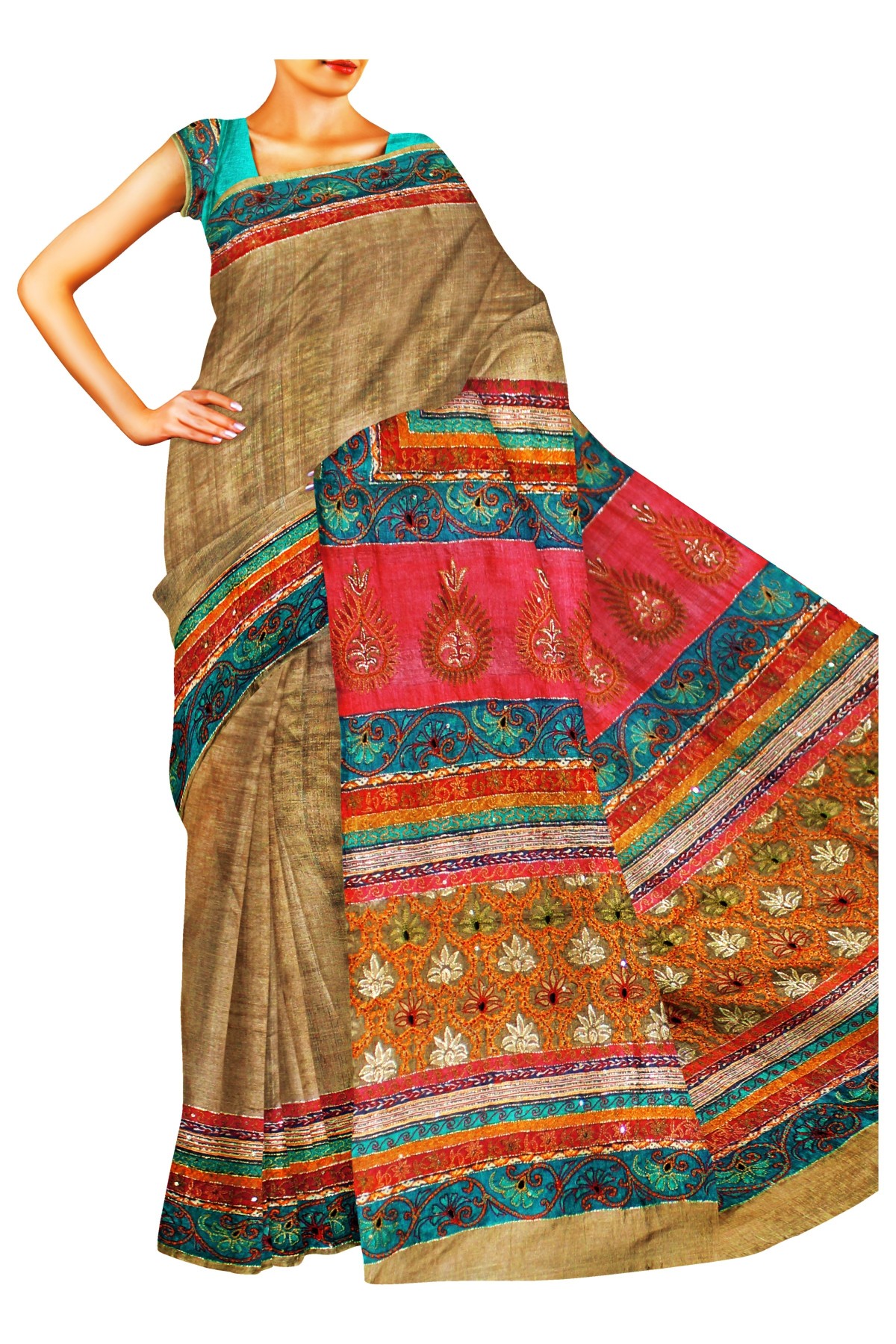Her collection of sarees is probably the most prized possession in an Indian woman’s closet. From traveling extensively across the country to pick a traditional Kanjivaram from Tamil Nadu, a vibrant Patola from a small town in Gujarat, to inheriting her grandma’s exquisite 40-year-old Dhakai, without a delectable range of handpicked sarees, an Indian bride’s trousseau is sorely incomplete.
But is the modern day Indian bride equipped to take care of her sarees like her grandma would have? Is she maintaining them well to be able to pass them down to her grandchildren 50 years from now? We have our doubts but worry not, for here’re some basic thumb rules and quick tips to keep their shine and glory intact for years to come!

Chiffons and Georgettes
Handle your Chiffon and Georgette sarees with special care, since both these fabrics are very delicate and prone to tearing. Apart from gentle handwashes, these sarees should never be wrung and one should simply let the water drip and drain naturally, while drying them in shade. One must also avoid using too many pins, as it could weaken the fabric and cause tears. When storing in the cupboard, never hang them for long periods of time as they could lose their shape. Refold them from time to time, taking care to change fold lines to avoid ripping.
Cottons
Cotton fabric tends to lose color sooner than other fabrics. When washing a cotton saree for the first time, soak it in a bucket of warm water with rock salt for about 15 minutes. This will ensure that the color stays put and prevents it from bleeding. Very dark cotton sarees should always be washed separately, as the chances of color bleeding is higher. Keep the washing quick and do not let it sit in soap for too long, as this could lead to color fading. After washing do not wring the saree too hard. Hang it over the water tap and let the excess water drain off naturally. Always dry it in shade, as sun is a natural bleaching agent (an enemy of pretty cottons)! As a rule, always starch your cotton saree (after wash) to ensure that it retains its crispness and stays stain free.
Tissue and Organza Sarees
Tissue and Organza are delicate fabrics and need good care. They should never be put in a washing machine as they could tear, which is why it’s much more safe to get them dry-cleaned. Just like chiffons and georgettes, they should not be allowed to hang from hangers for long periods, as they could lose their shape. Always keep them folded in muslin and keep changing the fold lines.
Silk and Zari Sarees
Silk sarees are very high maintenance, but if they’re well taken care of they can last for decades without losing their sheen. Apart from getting them dry cleaned only, opening and refolding them every three to six months, they should never be stored with sarees of other materials. Store them separately. Avoid spraying with water while ironing, as it could leave stains. Always store the saree in pure, soft cotton to let the natural silk fibers breathe, and air it often. If you want to wash the saree at home, always do so with a mild shampoo and take care to wash the body, pallu and border separately. The backside of Zari sarees often gets entangled in jewelry. Get a fine net backing stitched onto the back to solve this problem. Pure zari sarees tend to become dull over time. It is important to keep them wrapped in cotton to prevent the zari from reacting with air and getting oxidized. Wiping the surface with a clean damp cloth is a quick way to brighten up the silver or gold zari. Warn your dry cleaner to wrap the saree in acid-free tissue paper after it’s been cleaned.
Paithanis
Paithanis should always be stored in a dry place, so don’t forget to check on them during monsoons. It’s a good idea to expose them to sunlight once every six months. When in storage, it should get good air circulation. Avoid using naphthalene balls or chemicals for protection from insects, drop a few cloves around it instead. It is also better to wrap your Paithani in muslin instead of suspending from a hanger. Once every six months you should open and refold, taking care to change the fold lines each time. With Paithanis, always remember – the more often you wear them, the longer they’ll last.
Aditi Bhatia
Source: (www.Jaypore.com – a website that sells the best handcrafted products from India and ships worldwide.)







